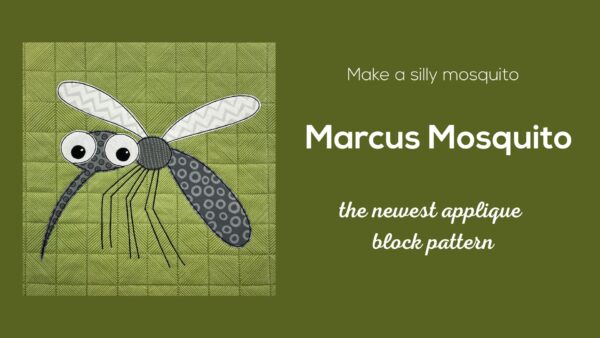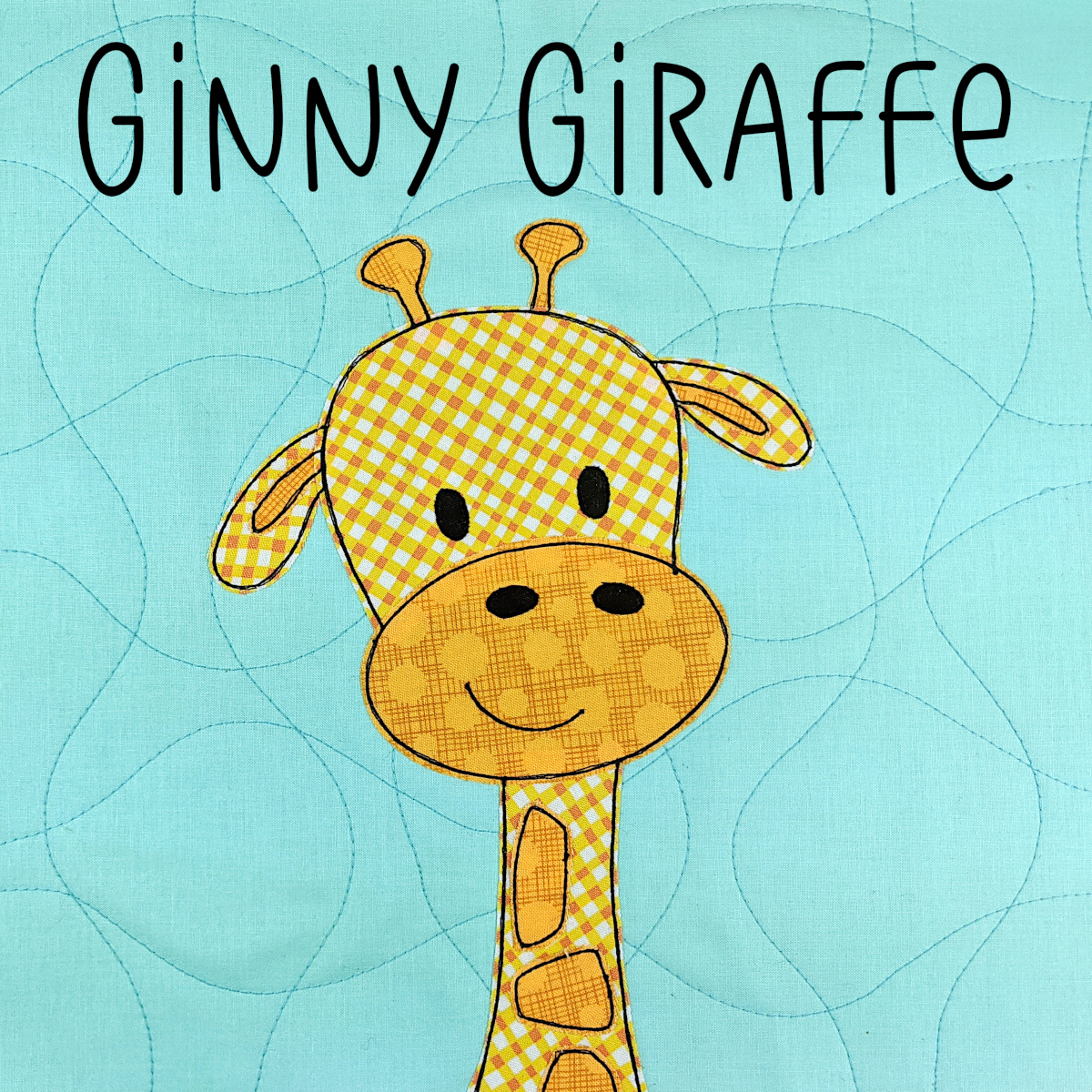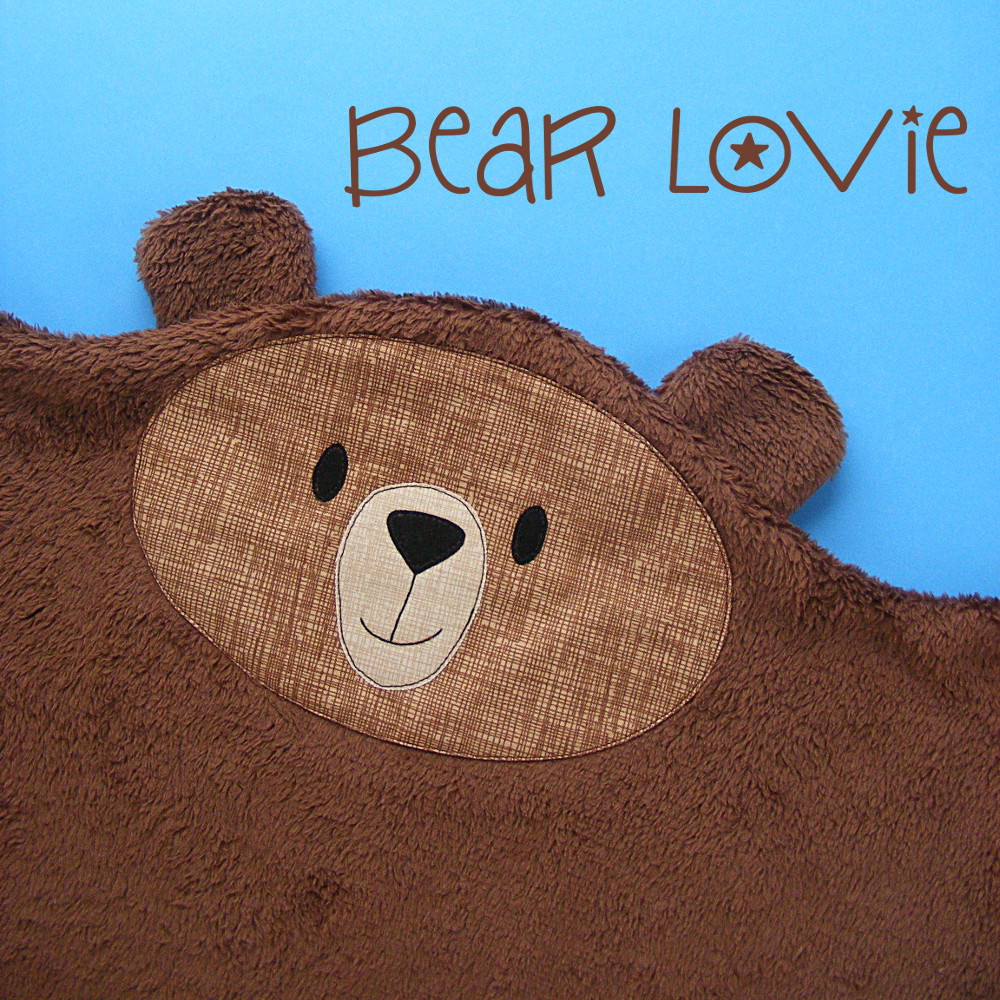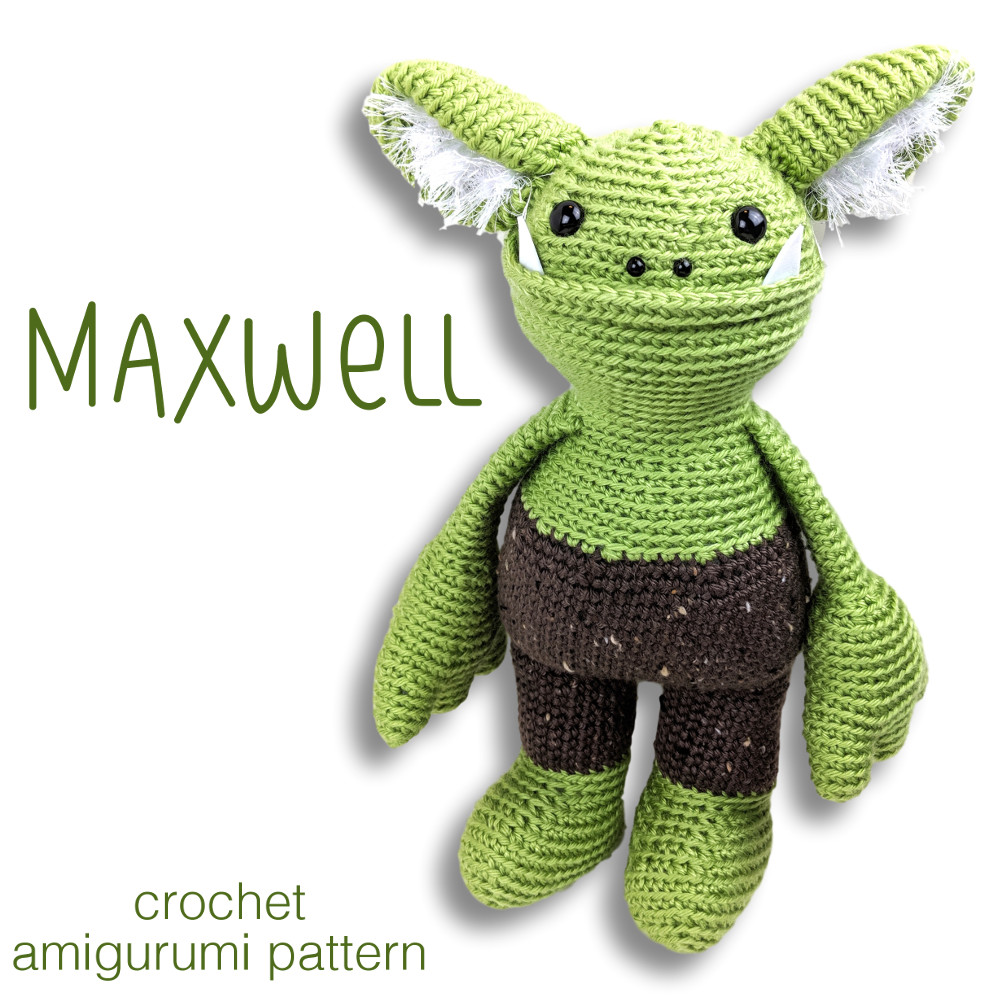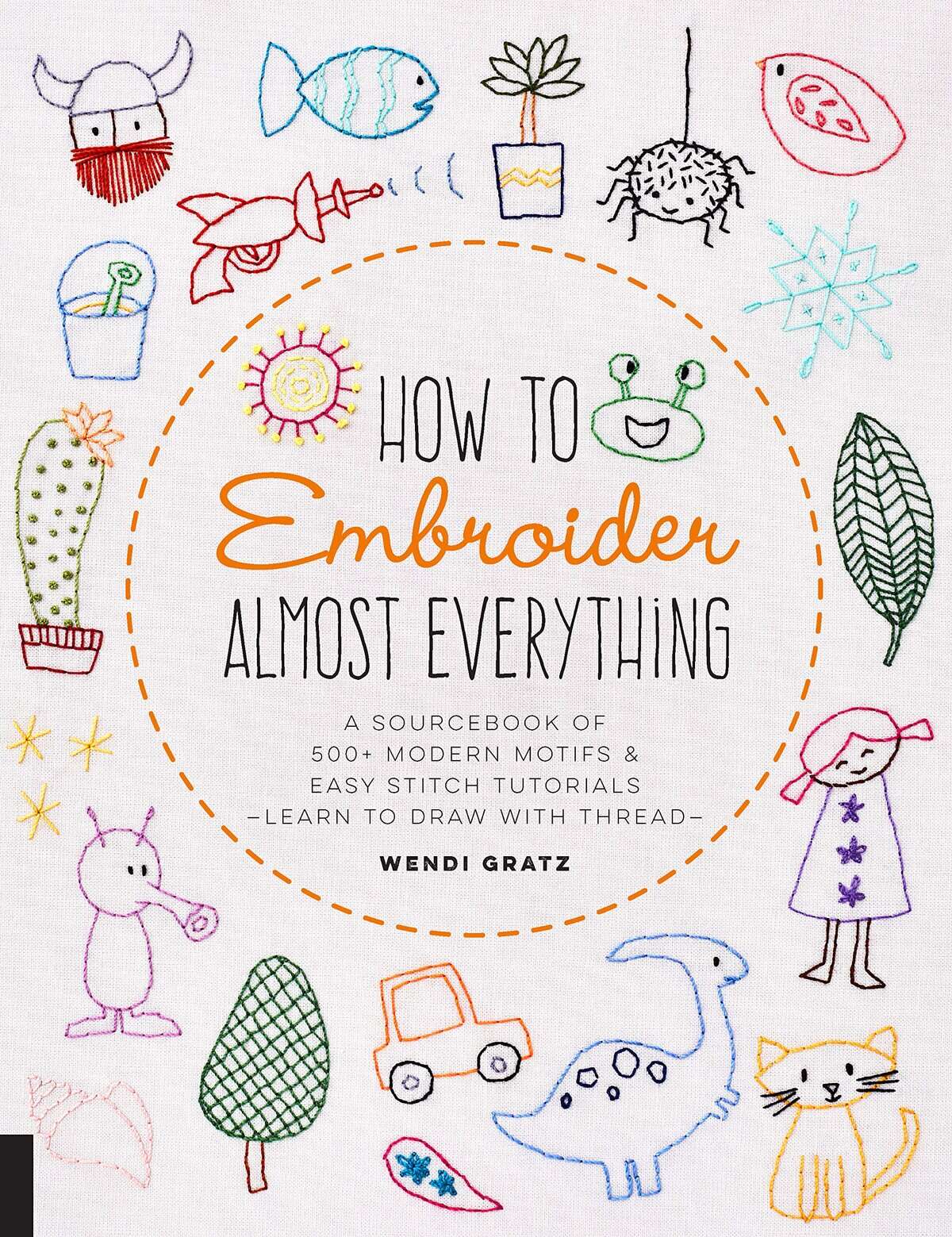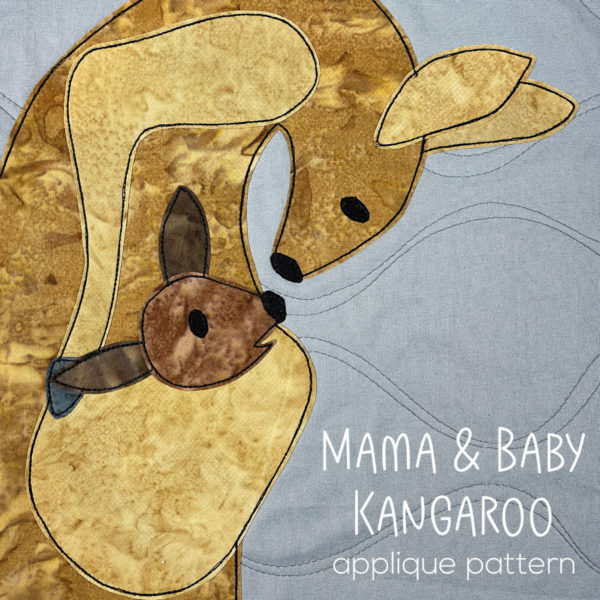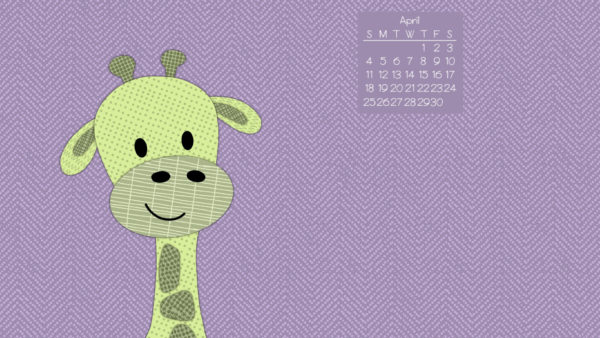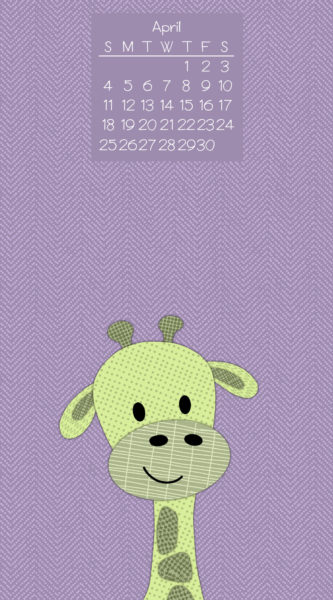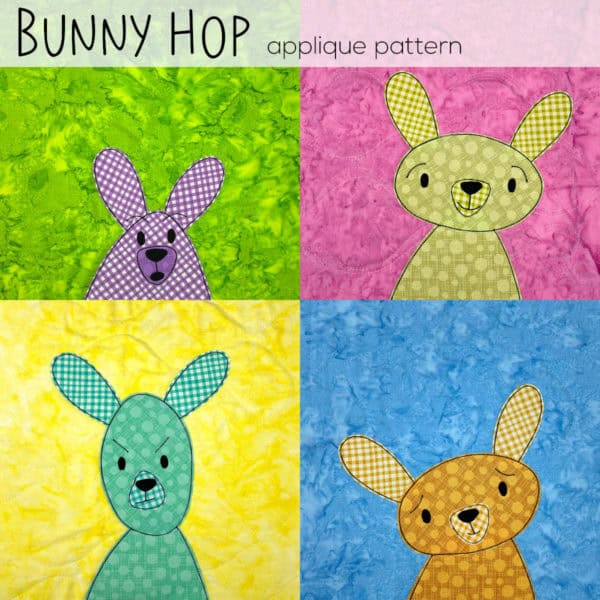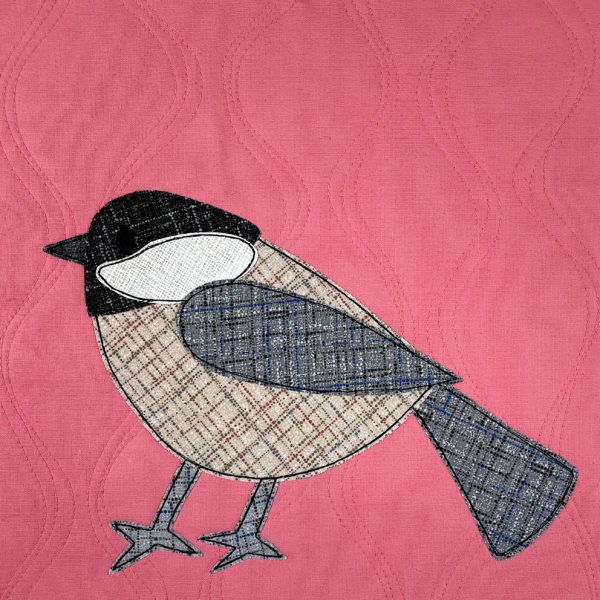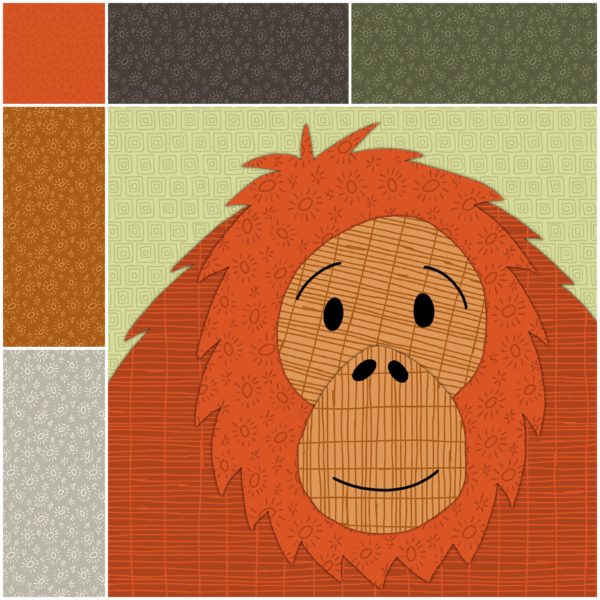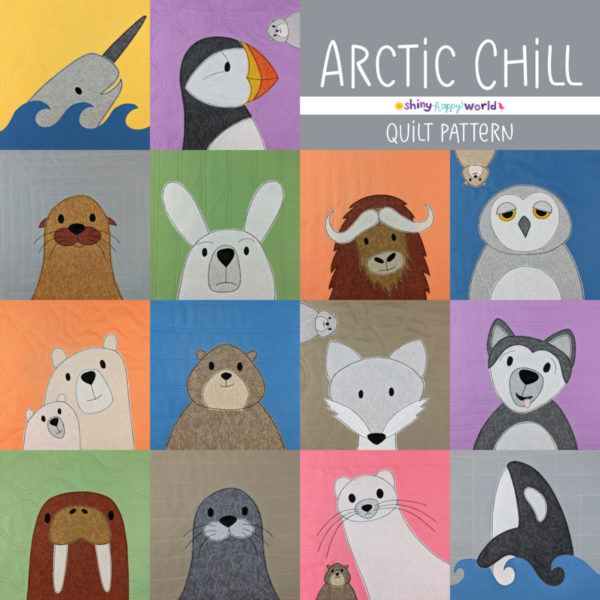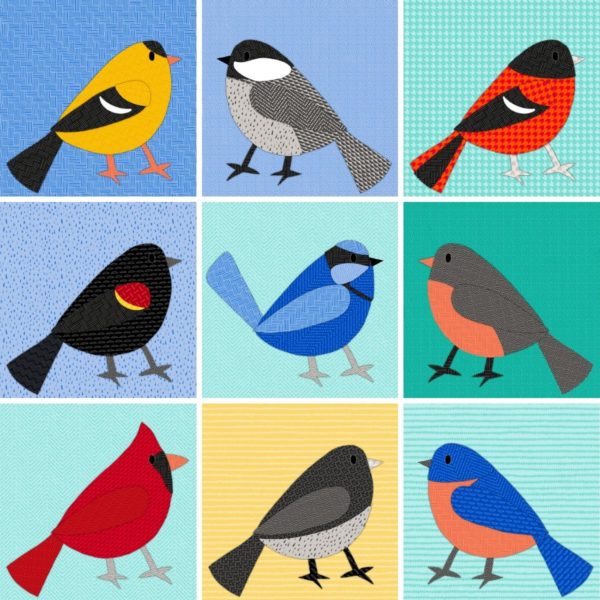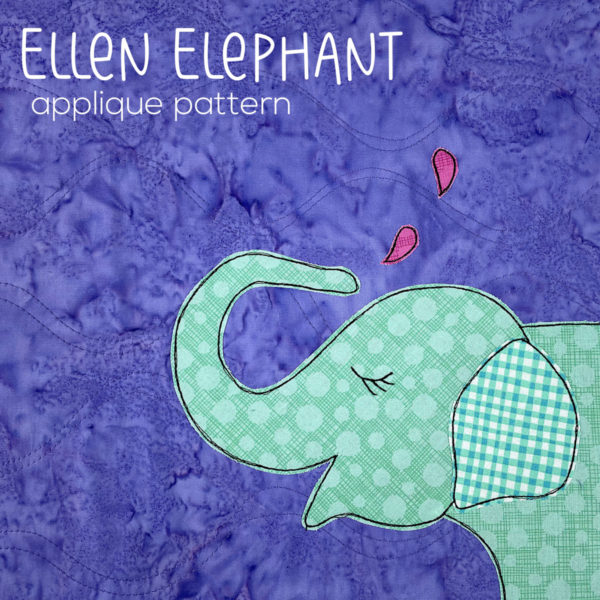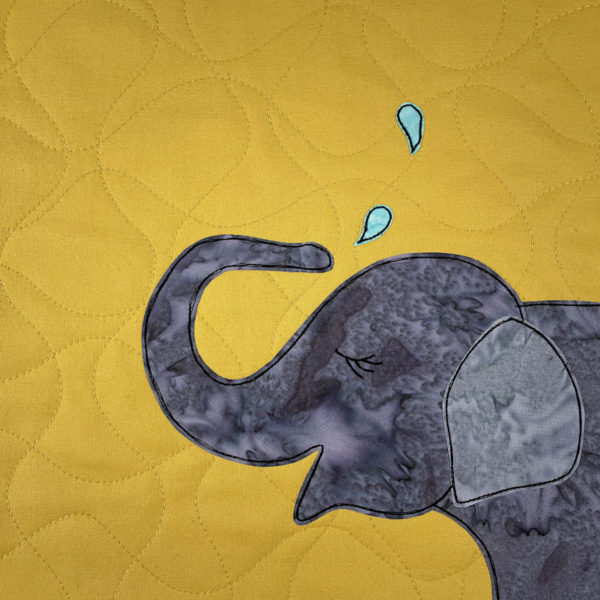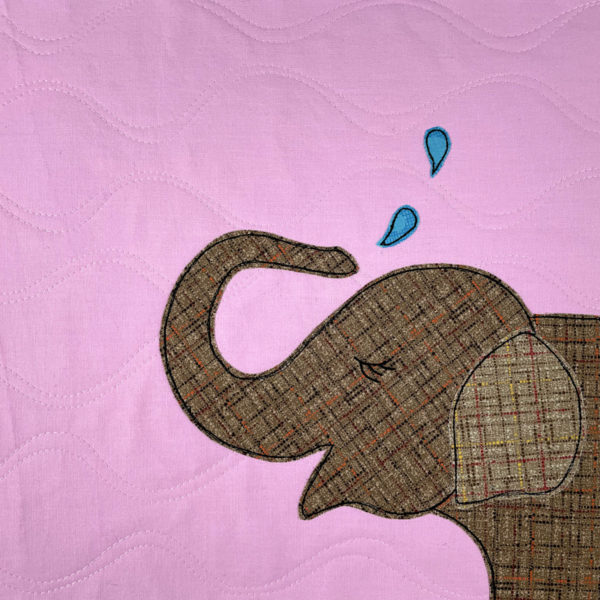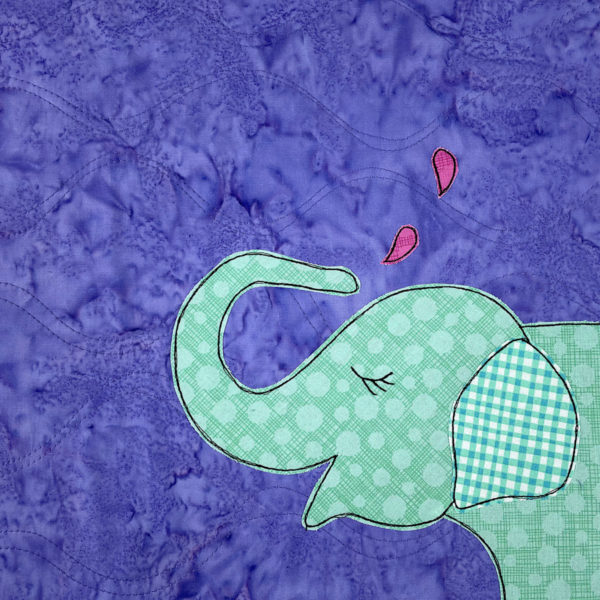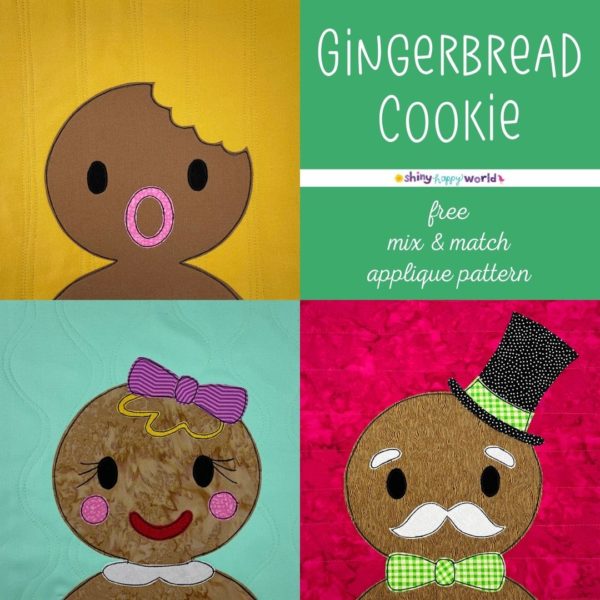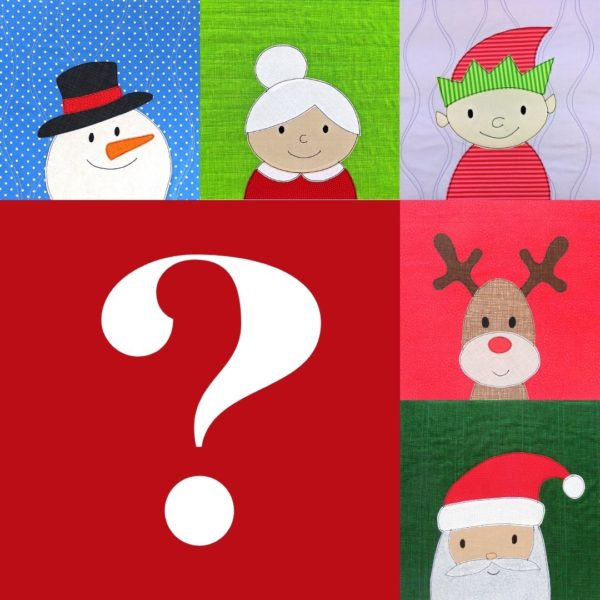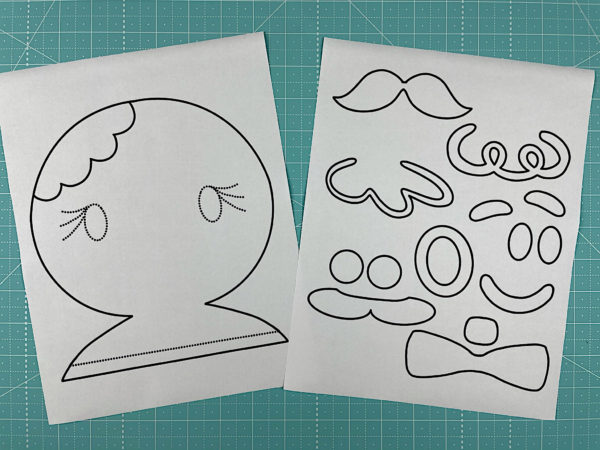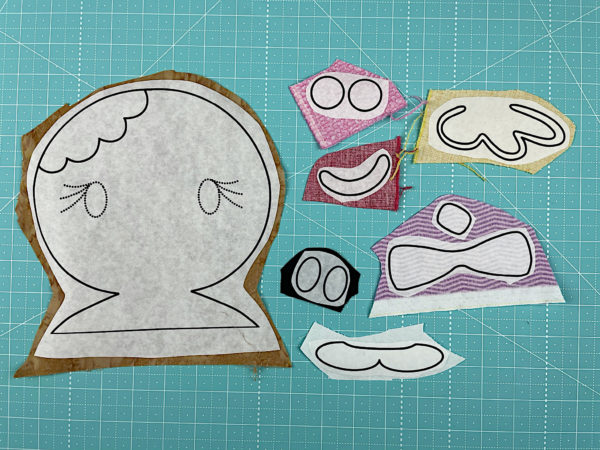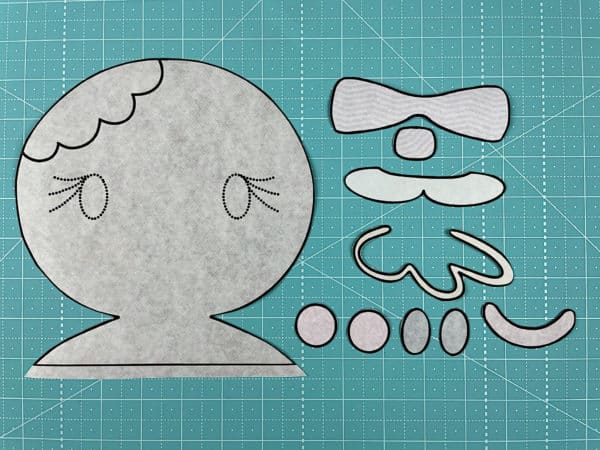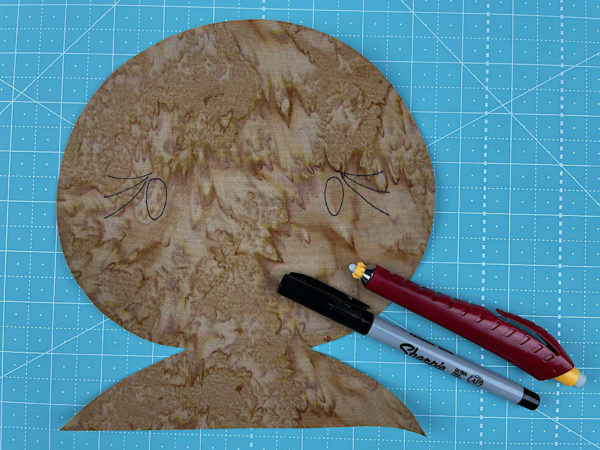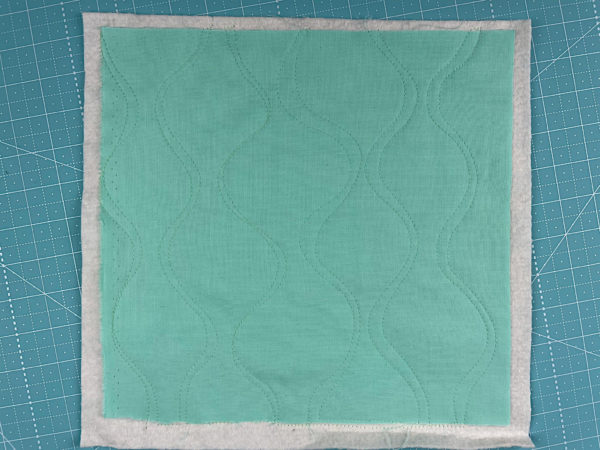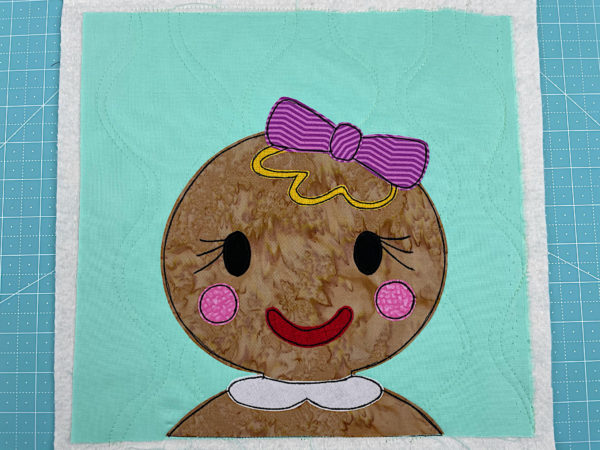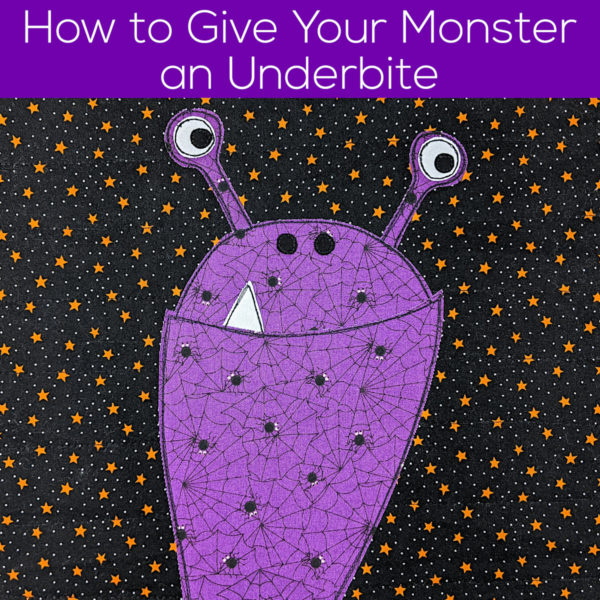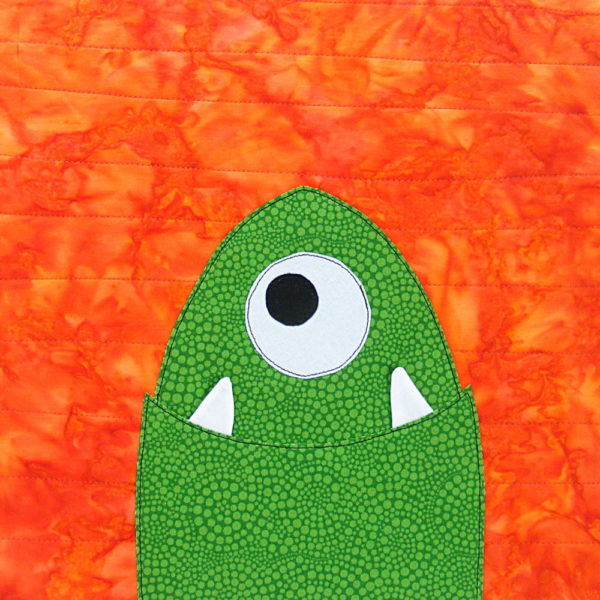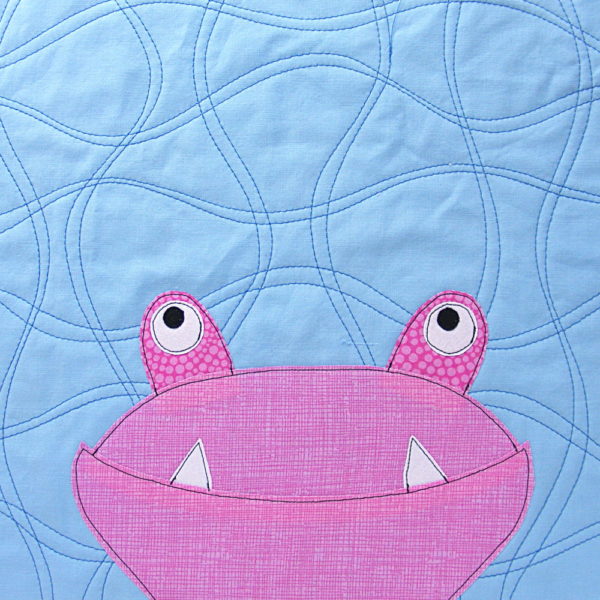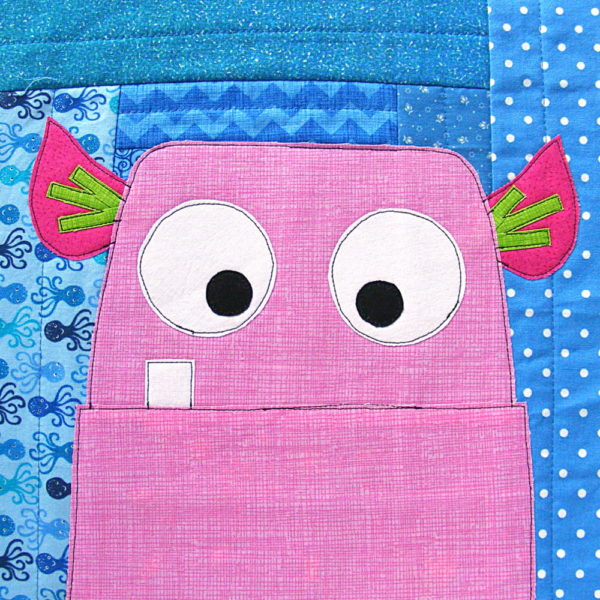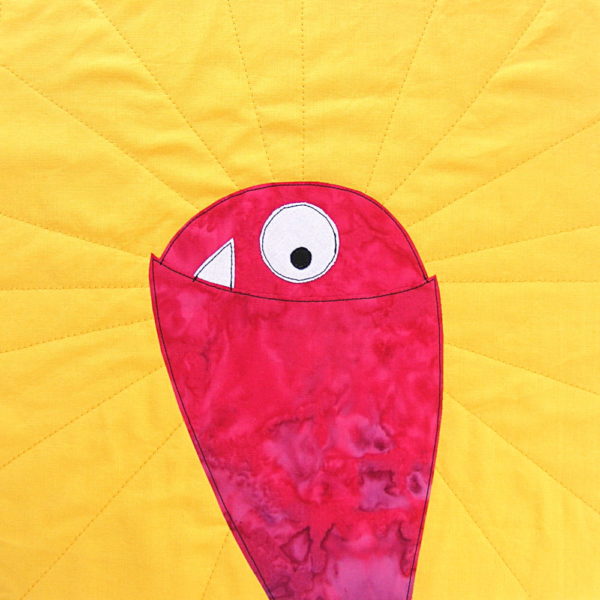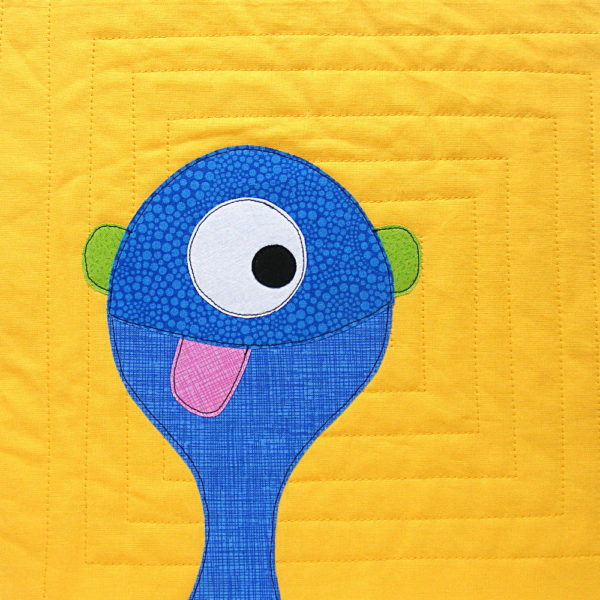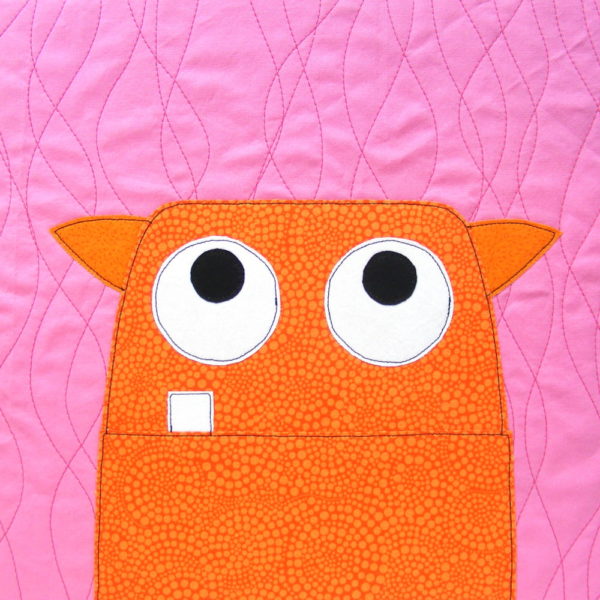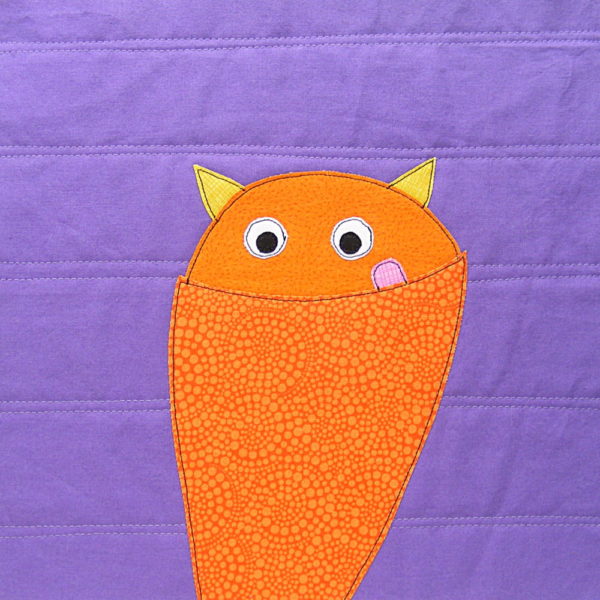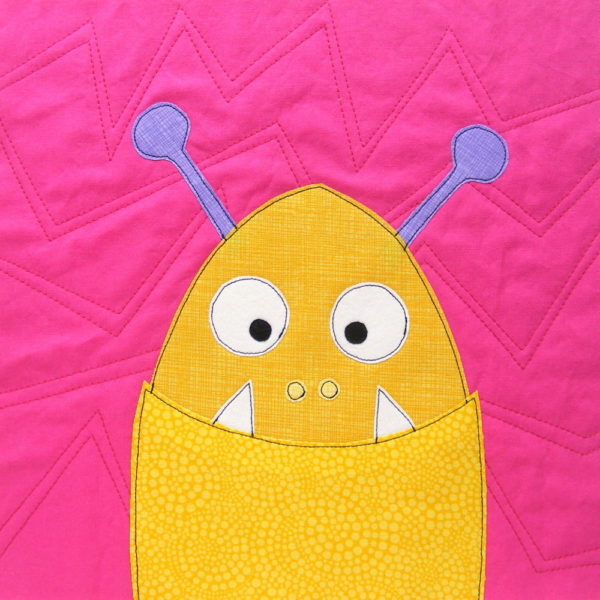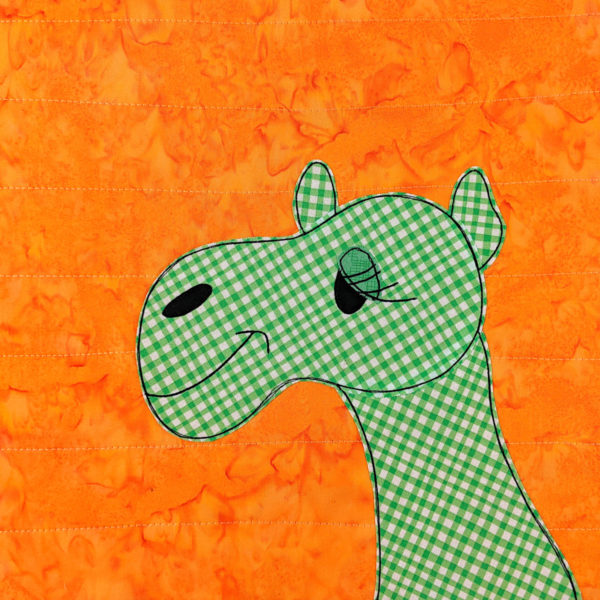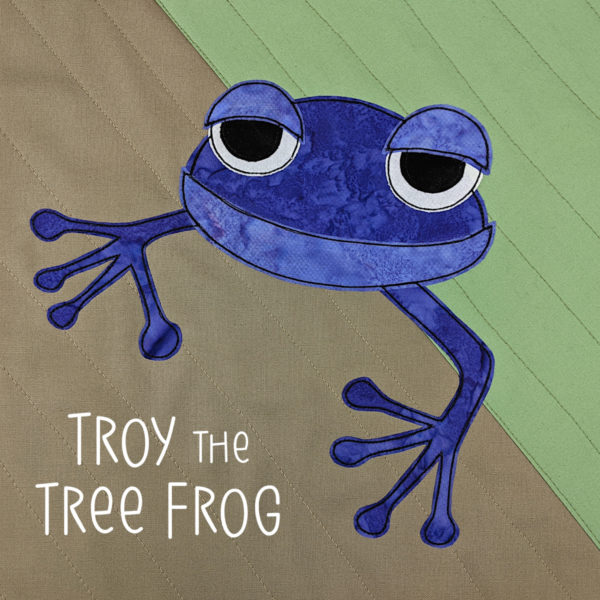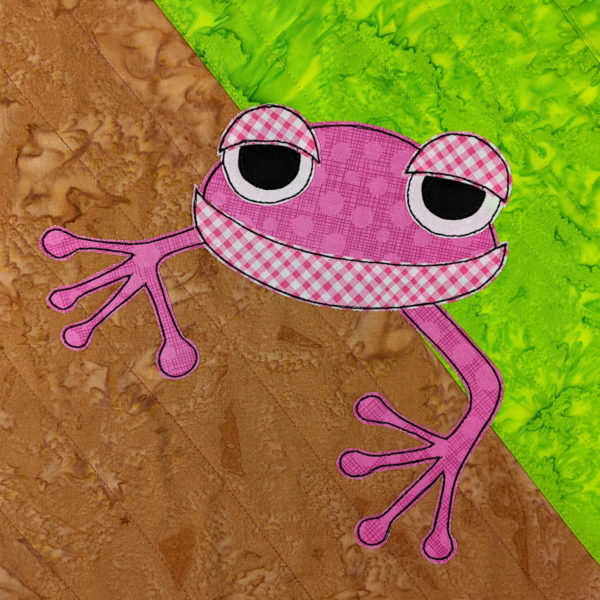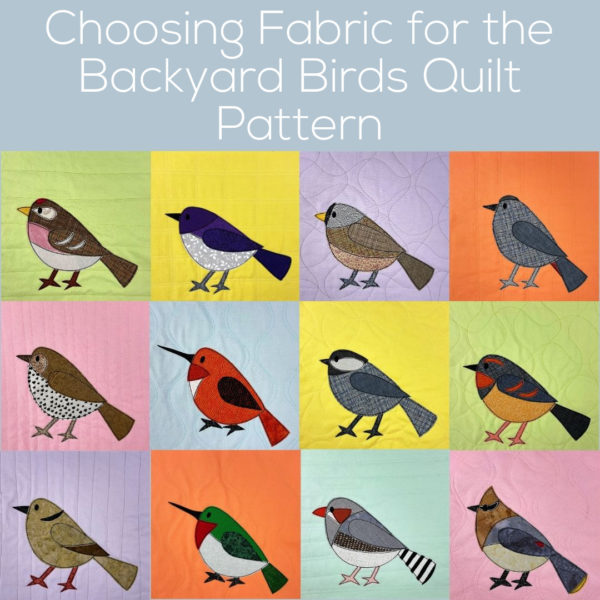
I’ve got a post here with general information about choosing fabric for any of my quilts, but choosing fabric for the new Backyard Birds quilt pattern is a whole different beast – worthy of its own post.
I’ve been making sample blocks for this quilt pattern for months now. This one was a doozy!
I’ve been getting a lot of questions from people who are starting to shop for fabric for their Backyard Birds quilts – wanting to know if there’s a list they can shop with.
Yes! Sort of. 🙂
Fabric Shopping List for the Backyard Birds Quilt Pattern
Click here to download the fabric shopping list for the Backyard Birds quilt.
Please understand that this is by no means a definitive list! It really depends on what birds YOU want to make. I’m making sample blocks (and including instructions for) 100 birds, but there are THOUSANDS of bird species out there – and when you consider the fact that male and females of the same species often look very different. . . well, that’s a lot of variation.
I’ve designed the templates to be mix and matchable – so you can use them to go way beyond the 100 samples I made. That means you’ll probably also go way beyond the fabrics I used. BUT! I can give you some guidelines to create a really useful stash to start with. Just be aware that you may need to go searching for just the right fabric for some of the birds in your quilt.
Before I go into specific colors and patterns, I want to include just a couple of the “rules” I used for my sample blocks. I often decide on rules for a quilt before I choose fabrics. It helps me keep a cohesive look to a jumble of different blocks. For my bird samples, the only solid I used was solid black for the eyes. ALL the other fabrics are prints or batiks. I did this because even the smoothest-looking birds have some variation/texture in their feathers. So I used batiks for the very smooth, uniform-looking birds (less common) and other prints for the rest (more common).
I recommend choosing one color palette for your background blocks, but I’ll have more info about that (and lots of sample photos) at the end of this post.
Solid-ish Neutrals
Not surprisingly, you’re going to need a lot of neutral fabrics. A LOT of backyard birds are colored to blend in with their backgrounds. The Animal Kingdom color collection is a great starting point. That contains multiple shades of grey (ranging from almost white to black), multiple shades of brown (again ranging from very light to very dark), a rusty brown and a golden color. Each of those colors is available in multiple prints, so you can find lots of variety there. You’ll definitely want more variety in the browns and greys – I often liked to use different prints of the same shade to get some contrast between different parts, like you see in this yellowthroat.
The wings, tail, and back of the bird are the same brown – but I used different prints to help create definition.

If that large collection is a bit much, you can shop by color here.
Here are some links to the colors you’ll use the most. . .
- Grizzly blenders (shades of warm brown)
- Driftwood blenders (shades of taupe)
- Elephant blenders and Oyster blenders (shades of gray)
- Fox blenders (a nice reddish brown you’ll find yourself using a lot)
- Salt and Pepper blenders (my favorite almost-white and almost-black blenders)
All of these that I’m talking about here are the tone-on-tone prints that read as solids.
Printed Neutrals
Now we’re talking stripes and spots. You actually don’t need many of these fabrics – but what you need is pretty specific. Here’s a list of the most common prints I used.
- streaky brown – cream or tan with darker brown streaks or stripes
- cream or tan with darker brown spots
- brown with cream speckles
- a darker brown and a lighter brown dappled print (all-over florals can work here)
- brown stripes – medium brown with darker brown or black stripes
- grey with black stripes
Of course, this is not comprehensive – but it’s a good start.
Black and White
You’re going to want some black and white prints.
- wide black and white stripe – very useful for birds with black and white heads
- white with black spots
- white with black speckles
- narrower black and white stripes (mainly for woodpeckers)
- black and white check (also mainly for woodpeckers)
Colors
You’ll definitely want some yellows. I was surprised by how many birds have yellow! Get a couple of really bright yellows, some softer yellows, and also some dull mustardy shades.
Blue. Lots of birds have some very bright blue. Get a couple of prints in the same rich shade for the definition I talked about in the neutrals section. The darker shades of these Blueberry blenders work well for iridescent and blue-black birds.
Red. Most red birds tend to be orangey red rather than blue-ish reds, so keep that in mind as you shop. These blenders are true red, and these have a touch of orange.
Pink. We have a lot of pink and pinkish-purple birds here on the east coast. You’ll find a pink with grey undertones (or even grey streaks) pretty useful, and also a bright mulberry shade for several finches.
Greens. Surprisingly, there aren’t a lot of green birds here in the US. You’d think that would be good camouflage. You might want to decide on your birds before you shop for greens, because you could need anything from emerald to olive.
Orange and dark purple. Again – these don’t come up as often, so maybe shop as needed.
Background Blocks
The fabrics you choose for your background blocks can affect the whole mood of your quilt.
For my quilt I chose realistic colors for all the birds, and I played around with several different background palettes using my fabric bundles. I recommend choosing either solids or batiks for your background blocks – but don’t mix them. Besides thinking about the overall look you like, think about the quilting here. Quilting will really show on solids, and will be almost invisible on batiks.
Here are the background palettes I’ve already experimented with.
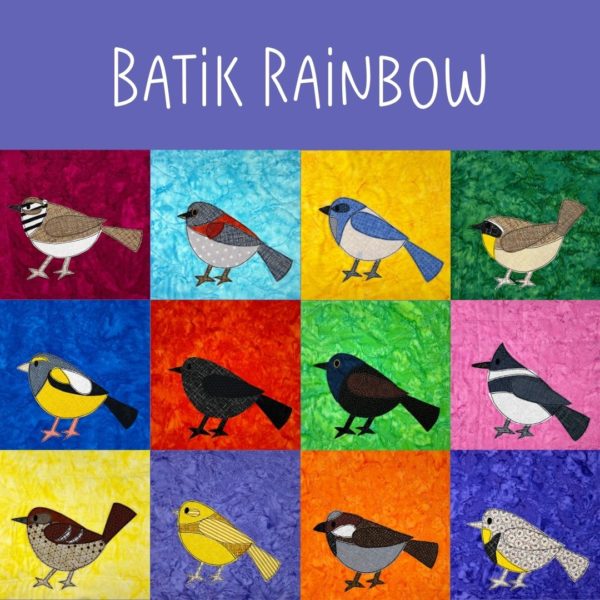
These bright batiks will give you very vivid background blocks with nearly invisible quilting. The background fabrics are as vivid as some of the most colorful backyard birds!
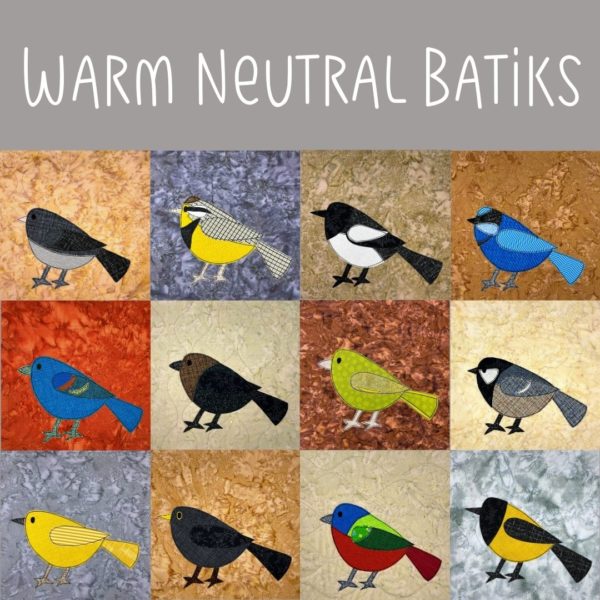
The neutral batiks will give you a more subtle, forest-floor background. The colorful backyard birds really pop against these neutral fabrics, but when you’re putting a brown bird on a brown block (or a grey bird on a grey block) you’ll need to be sure to get good light/dark contrast.
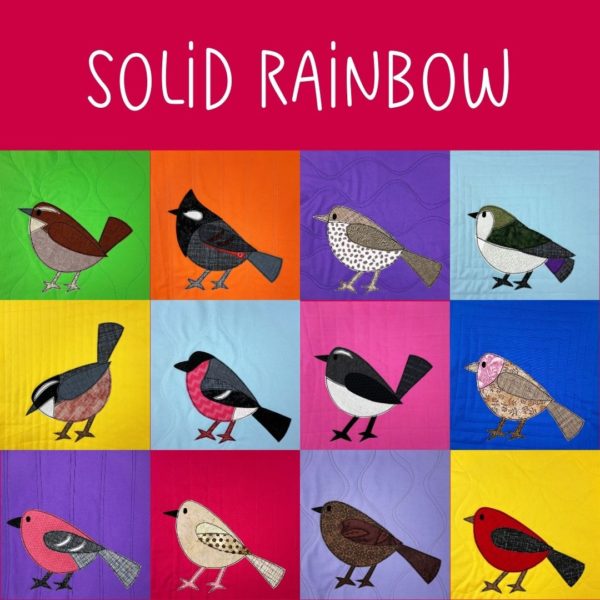
The solid background blocks in basic rainbow colors. Bright and cheerful.
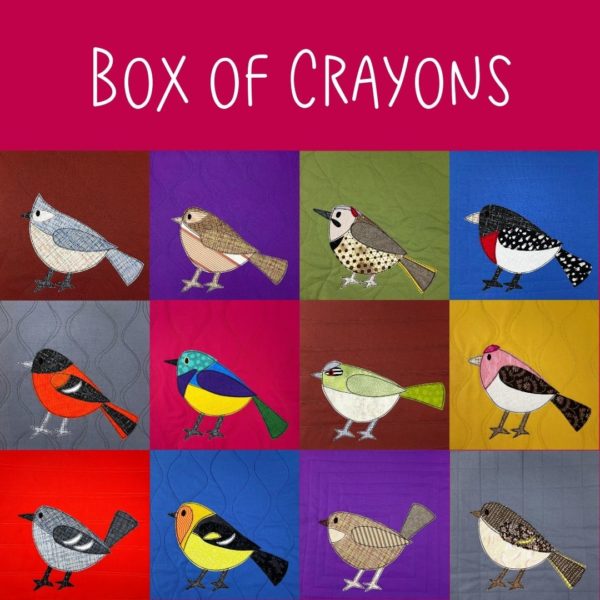
These are also solid backgrounds, but in a more grown-up rainbow. The colors are still intense, but a little more muted. The yellow is mustard rather than sunshine. There are also some neutrals (brown and a grey) in the mix.

More solids, but this time in soft baby colors. The birds really pop against those pale pastels.

A different kind of rainbow solids. The colors are still bright, but they have a chalkier look. This collection also includes a brown and a grey.
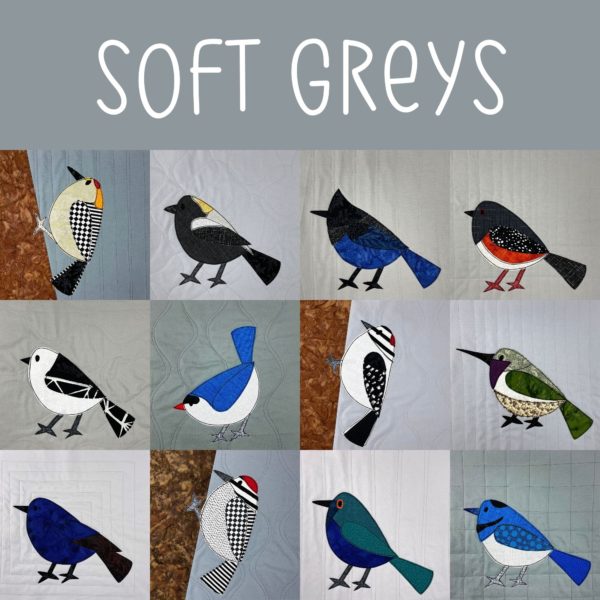
I also love this batch using shades of solid gray.
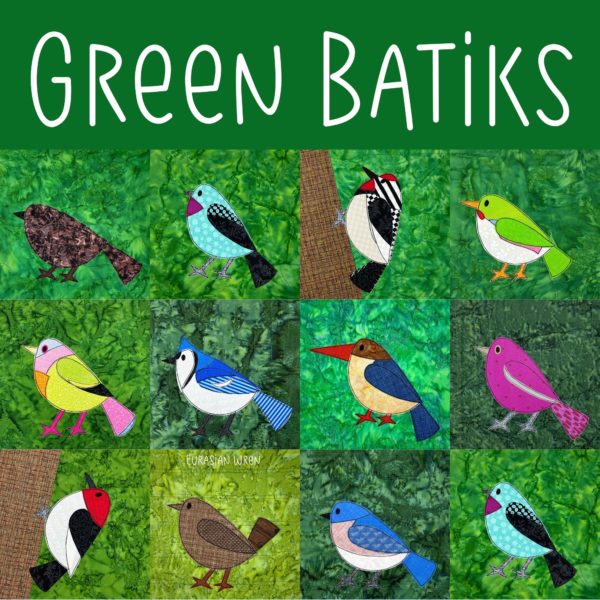
Green batiks can give you a very realistic background foliage kind of look.
Blue batiks would also work also really well – suggesting the sky.
Whew! That’s a lot of information! I hope it helps you shop for fabrics for your Backyard Birds quilt. Get the pattern here!
Happy stitching!

